
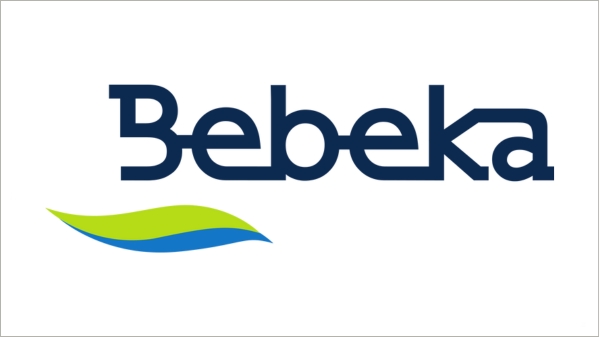
|
Bebeka seeks bunker trader for Groningen office
Shipping cooperative advertises role supporting global fuel supply and energy transition. |
|
|
|
||
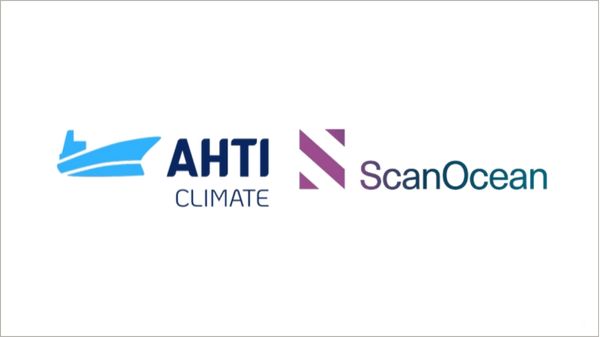
|
ScanOcean launches biofuel pooling solution with Ahti Climate
Bunker supplier targets FuelEU Maritime compliance with pool-in-pool arrangement for shipowners. |
|
|
|
||
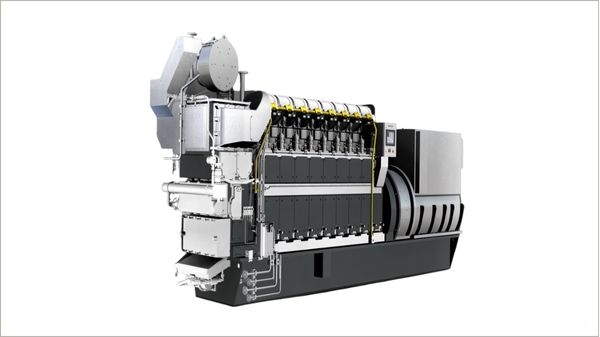
|
Everllence confirms ethanol operation on 21/31 four-stroke engine
Engine builder says tests in Denmark validated fuel flexibility of methanol-capable platform. |
|
|
|
||
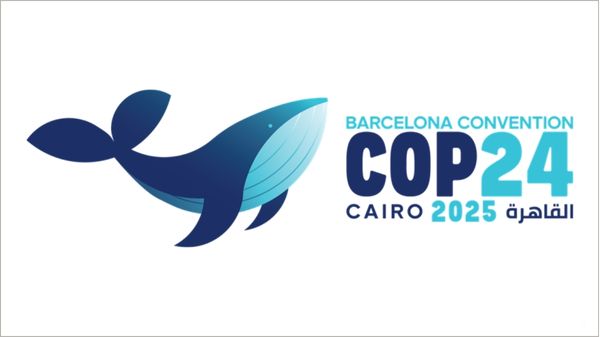
|
Mediterranean states adopt roadmap for low-carbon shipping transition
REMPEC welcomes decisions on emissions control areas and offshore pollution monitoring. |
|
|
|
||
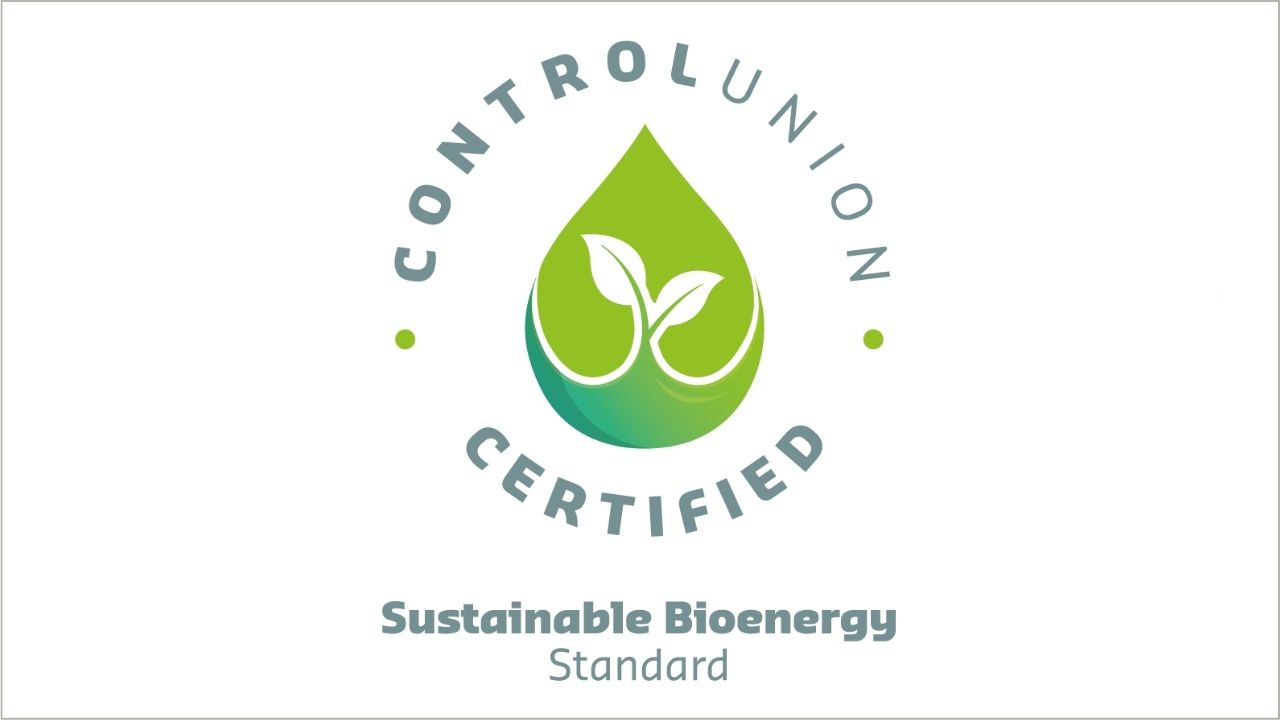
|
Molgas secures bioenergy certification for biogas and biomethane
Spanish energy company claims certification enables full supply chain traceability for customers. |
|
|
|
||
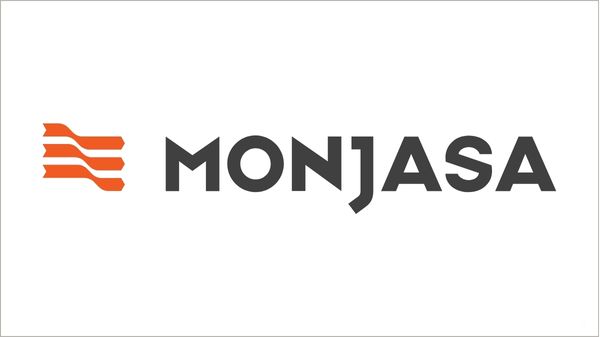
|
Monjasa seeks supply bunker trader for Singapore operations
Danish bunker supplier expands trading team in Asia's largest bunkering hub. |
|
|
|
||

|
Bound4blue secures $44m funding to scale suction sail production
Wind propulsion specialist raises capital from maritime and climate investors to industrialise manufacturing capacity. |
|
|
|
||
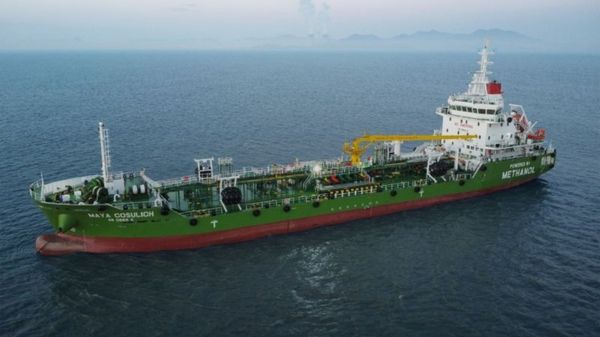
|
Landmark methanol-powered bunkering vessel departs shipyard
World's first methanol-powered IMO II chemical bunker tanker begins operations after completion of construction phase. |
|
|
|
||

|
Monjasa mourns death of senior trader Paul Pappaceno
Marine fuel supplier to hold celebration of life for 39-year industry veteran. |
|
|
|
||

|
Imabari delivers 13,900-teu container ship with future-fuel readiness
Japanese shipbuilder hands over One Synergy with methanol and ammonia conversion designs approved. |
|
|
|
||